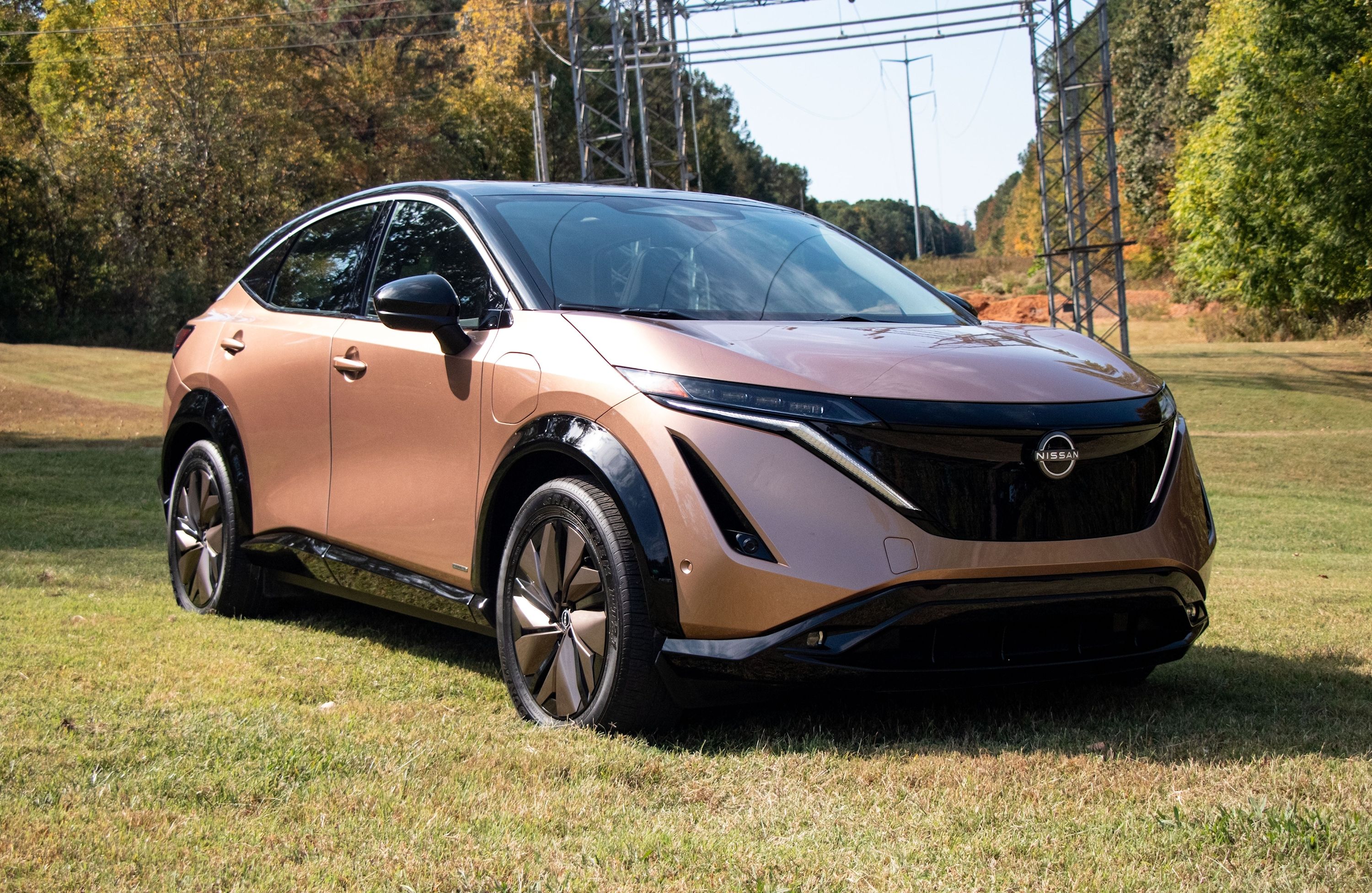
Nissan has detailed its new approach to electrified powertrains that will reduce development and manufacturing costs by 30% while also achieving price parity between e-Power and ICE models. The 30% reduction in costs is a 2026 target and based on 2019 costs, while e-Power refers to Nissan's unique powertrain that uses a small gas engine to charge the battery; this tech isn't available in the USA currently, though. In other markets, e-Power Nissans command a price premium of around $5,000 in some cases.
Nissan, which warned that the supply of its impressive Ariya electric crossover will be low in 2023, will also apply shared and modularized components to its EVs, so there should also be a reduction in costs associated with these vehicles in the years ahead. It's all part of a general trend by automakers to bring EV development costs down in any way they can.
Nissan's new powertrain development approach has been dubbed "X-in-1" and can be broken down further into 3-in-1 and 5-in-1 applications. In the 3-in-1 approach, the motor, inverter, and reducer are all modularized for use in EVs. The 5-in-1 approach modularizes the generator and increaser, too, and is applicable for Nissan vehicles with e-Power technology.
Overall, X-in-1 allows these core components to come off the same production line, improving manufacturing efficiencies and lowering costs. Nissan touts several other benefits, such as size and weight reductions of the powertrain as a unit and reducing the use of heavy rare earth elements to 1% or less of the magnet mass.
"We make the most of our expertise and know-how from our more-than-a-decade-long development and production of electrified technologies," said senior vice president Toshihiro Hirai, who heads up powertrain and EV engineering development. Of course, he referred to Nissan's experience with the Leaf, the first mass-market EV that arrived in 2010.
"Through our innovations in electrified powertrain development, we'll continue to create new value for customers and deliver 100% motor-driven vehicles - EVs and e-Power - as widely as possible," continued Hirai.
The Nissan Ambition 2030 vision aims to introduce 27 new electrified models, 19 of which will be EVs, by the fiscal year 2030. That's a lot of new electrified models, so it's no wonder the Japanese manufacturer has found a way to produce these vehicles as efficiently as possible.
Most other automakers are looking at ways to bring down EV costs and pass these benefits on to consumers. For Ford, that includes introducing new lithium iron phosphate batteries in EVs like the Mustang Mach-E that are a significant 40% cheaper than the current batteries.
Toyota, which introduced its underwhelming bZ4X electric crossover last year, is also analyzing how it can take a bigger leap forward with its EVs. A new dedicated electric platform in 2026 will help it do that. According to Automotive News, the Japanese giant has conducted a teardown of the Tesla Model Y to learn about Tesla's straightforward and effective vehicle structure. Hopefully, these benefits and likely cost reductions will also be realized in Lexus models, as the new RZ in America is far pricier than an equivalent gas-powered Lexus crossover.
For Nissan, the X-in-1 approach goes hand in hand with its plan to meet the requirements of the Inflation Reduction Act. By 2026, it plans to build four EVs in America that will be eligible for the full $7,500 tax credit.
Three years from now, if all goes according to plan, new Nissan EVs will be winning the price war.
